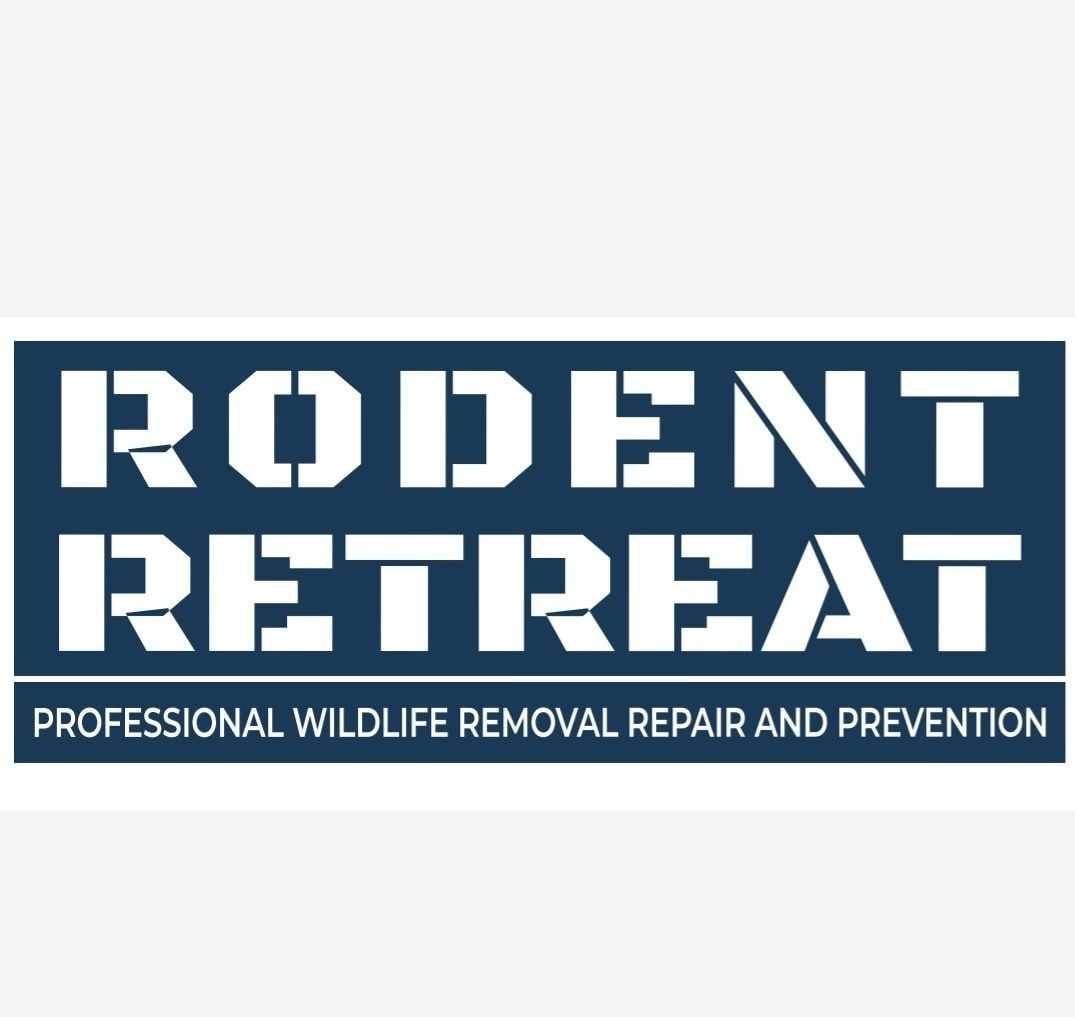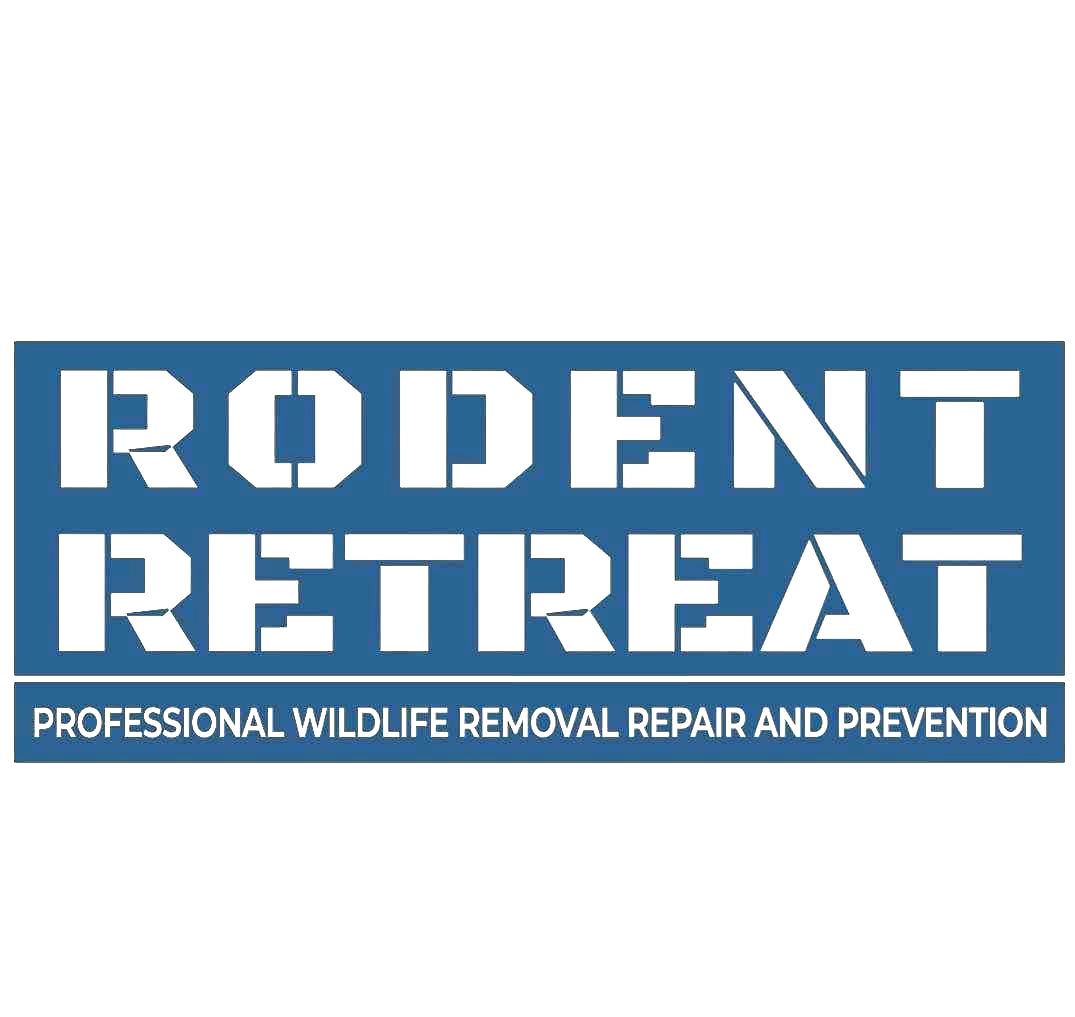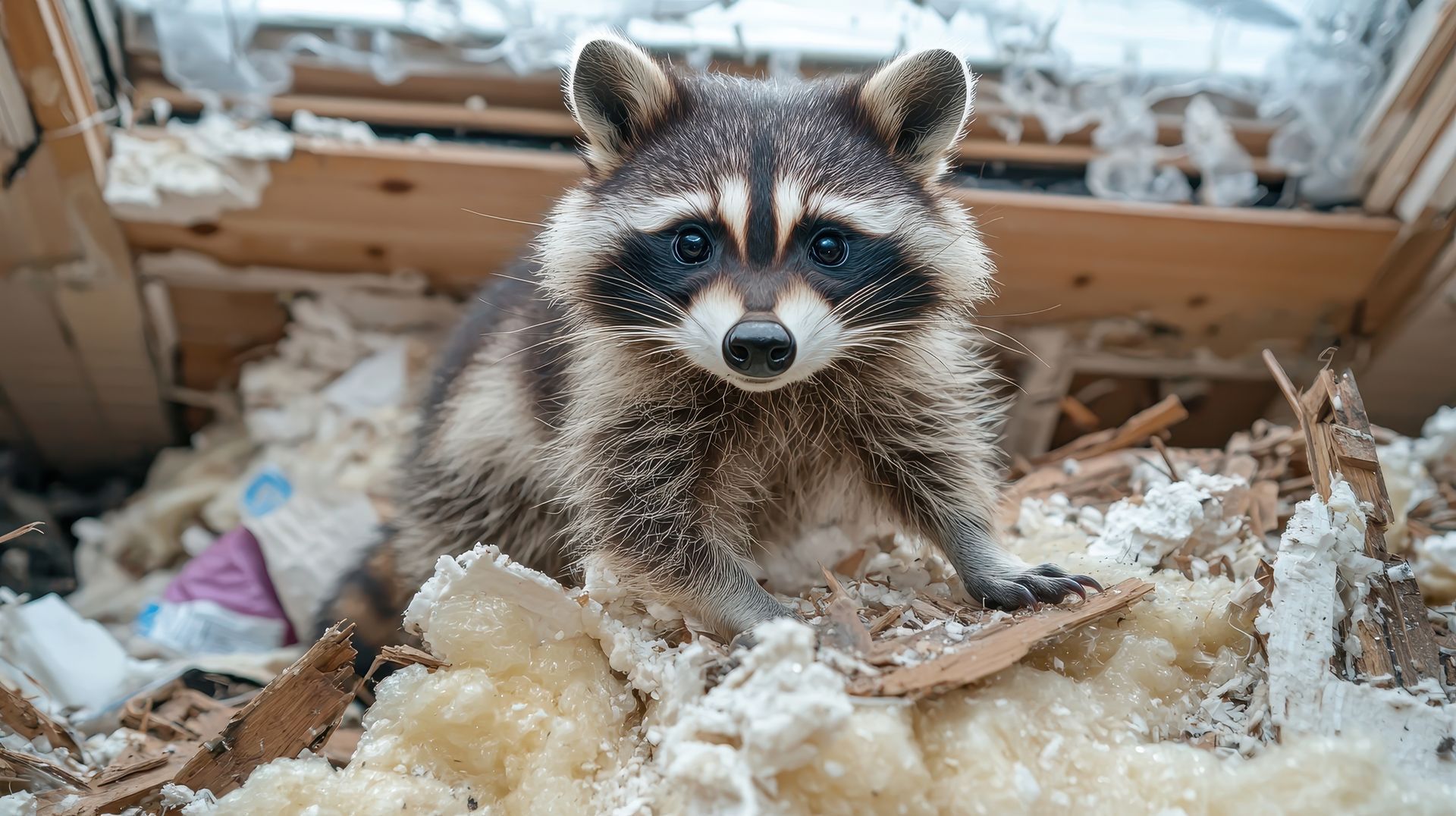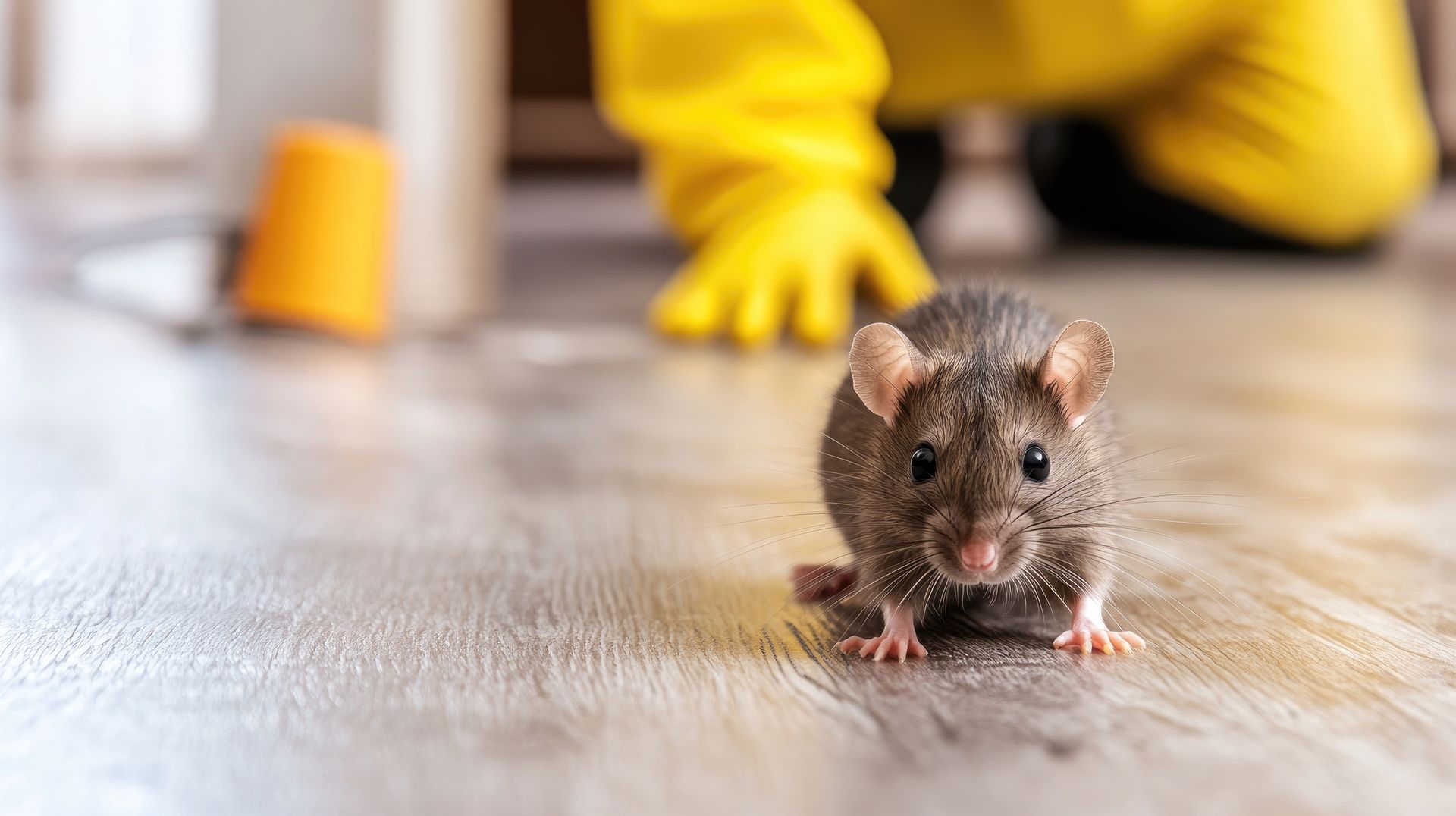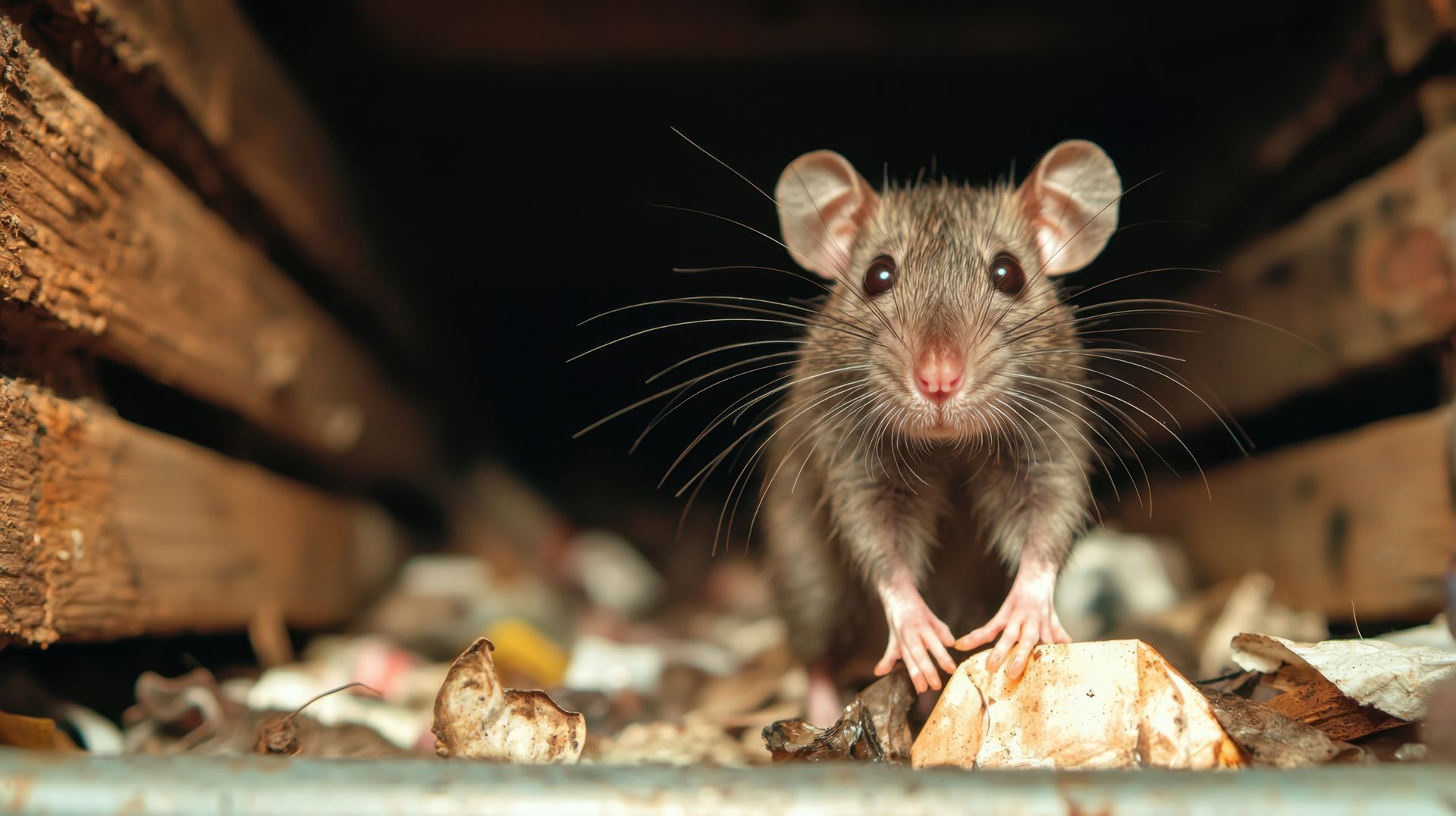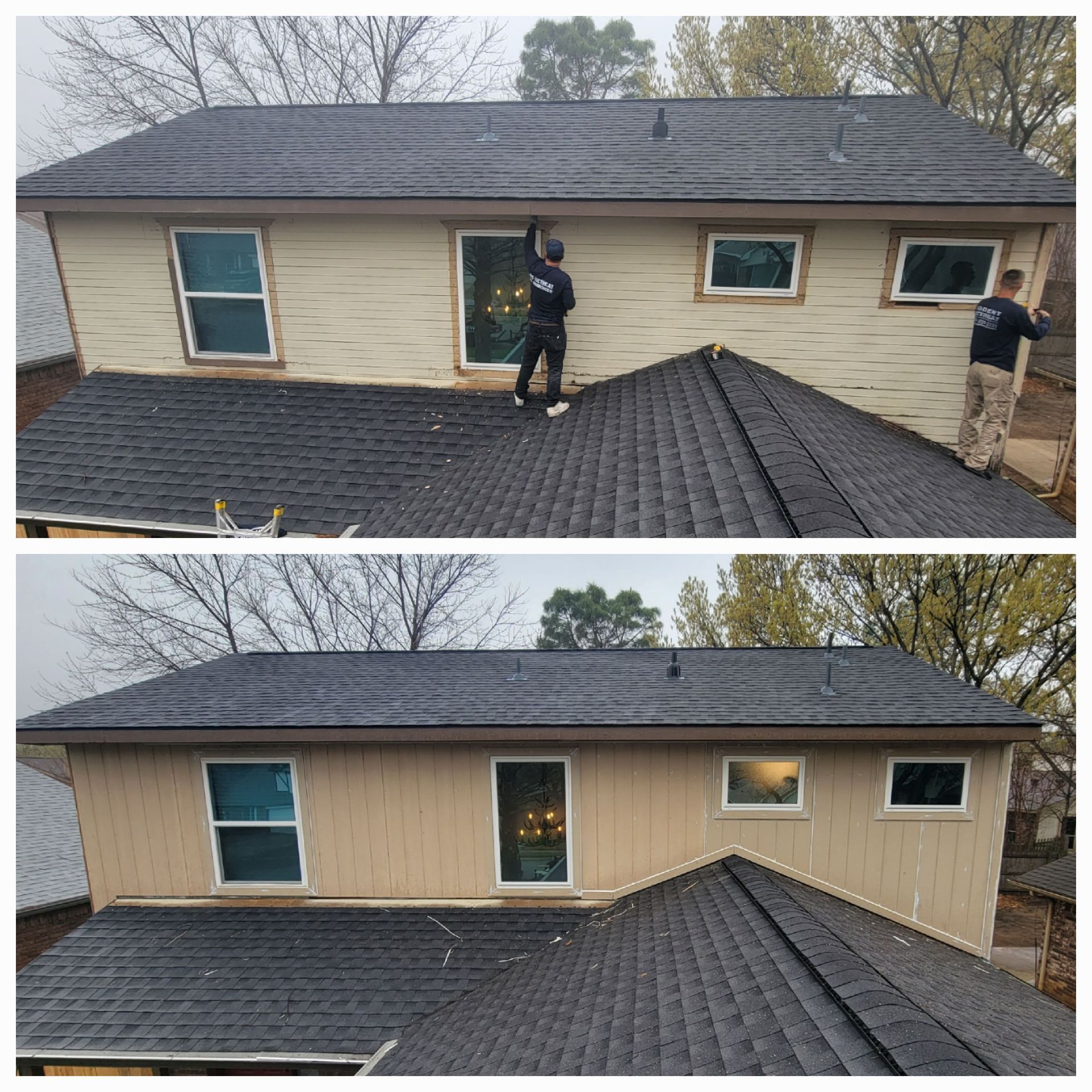
Texas, known for its vast landscapes, warm climate, and diverse ecosystems, is also home to a wide variety of pests that can become unwelcome guests in your home or business. From ants and cockroaches to rodents and termites, pest control Texas requires a proactive and comprehensive approach. In this blog post, we will explore effective strategies to prevent pest infestations and protect your property.
Understanding Texas Pests
Before delving into prevention methods, it's crucial to have a basic understanding of the common pests found in Texas. The state's diverse geography, climate, and urbanization contribute to a range of pest challenges. Some of the most prevalent pests include:
- Ants: Texas is home to various ant species, including fire ants and carpenter ants, which can cause structural damage.
- Cockroaches: With the warm and humid climate, cockroaches thrive in Texas. They can spread diseases and trigger allergies.
- Termites: These silent destroyers can cause extensive damage to wooden structures, making termite prevention crucial.
- Rodents: Rats and mice are common in both urban and rural areas, posing health risks and causing property damage.
- Mosquitoes: Texas's warm climate makes it an ideal breeding ground for mosquitoes, which can transmit diseases such as West Nile virus and Zika.
Now, let's explore preventive measures to keep these pests at bay.
Maintain a Clean and Tidy Environment
One of the most effective ways to prevent pest infestations is to maintain a clean living or working space. Pests are attracted to food sources, water, and shelter, so eliminating these attractions can significantly reduce the risk of infestation.
- Regular Cleaning: Sweep and vacuum floors regularly, and clean up spills promptly. Wipe down surfaces to remove crumbs and residue that can attract pests.
- Proper Food Storage: Store food in airtight containers to prevent access for pests. Keep pantry items organized and regularly check for expired products.
- Dispose of Garbage Properly: Ensure that trash cans have tight-fitting lids and are emptied regularly. This prevents attracting pests looking for a meal.
- Eliminate Standing Water: Fix leaks promptly, and ensure that there is no standing water around the property, as mosquitoes and other pests breed in stagnant water.
Seal Entry Points
Pests can enter your home or business through small cracks and openings. Regularly inspect and seal potential entry points to keep them out.
- Inspect Windows and Doors: Check for gaps around windows and doors. Replace or repair damaged weather stripping to prevent pests from entering.
- Seal Cracks and Crevices: Inspect the exterior of your property for cracks and crevices. Seal these openings with caulk to prevent pests, especially ants and cockroaches, from finding their way inside.
- Screen Openings: Install screens on windows and doors to keep mosquitoes and other flying insects outside while allowing fresh air in.
Maintain Outdoor Spaces
The outdoor environment plays a significant role in pest prevention, especially in a state like Texas where the climate is conducive to pest activity.
- Landscaping Practices: Trim trees and bushes away from your home to eliminate potential bridges for pests. Keep the lawn well-maintained to reduce hiding places for rodents.
- Proper Waste Management: Ensure that outdoor trash bins are sealed tightly, and garbage is disposed of regularly. Rodents are attracted to outdoor food sources.
- Regular Pest Inspections: Conduct regular inspections of your property's exterior. Look for signs of pest activity, such as droppings or nests, and address them promptly.
Implement Integrated Pest Management (IPM)
Integrated Pest Management (IPM) is a holistic approach that combines various strategies to manage pests effectively while minimizing environmental impact.
- Biological Control: Introduce natural predators or use biological agents to control pest populations. For example, releasing ladybugs to control aphids in the garden.
- Chemical Control: When necessary, use pesticides judiciously and according to label instructions. Targeted applications can be more effective while minimizing the impact on non-target species.
- Cultural Control: Adopt practices that make the environment less conducive to pests. This can include rotating crops in agriculture or using pest-resistant plant varieties in landscaping.
Hire Professional Pest Control Services
While proactive measures can significantly reduce the risk of pest infestations, it's advisable to enlist the help of professional pest control services for a comprehensive and tailored approach.
- Regular Inspections: Professional pest control services can conduct regular inspections to identify potential issues before they escalate.
- Customized Treatment Plans: Based on the specific pest challenges in your area, professionals can create a customized treatment plan that addresses your unique needs.
- Education and Prevention Tips: Pest control professionals can provide valuable education on preventing infestations and offer tips for ongoing maintenance.
Frequently Asked Questions
- What is the best method of rodent control?
The most effective and safest ways to address rodent issues are through exclusion and sanitation. Seal off any rodent entrances to your home, remove debris from your yard and make pet food inaccessible to rodents. Traps can also be effective in removing rodent pests. - What are the chemical methods for rodent control?
Phosphorus paste, barium carbonate salt, and powders such as zinc phosphide, white arsenic, thallium sulfate, strychnine, strychnine sulfate, and calcium cyanide are mixed with bait and placed where rodents will find and eat them. - What is the method of killing rodents?
Carbon dioxide narcosis and asphyxiation have long been used for euthanasia of rodents and other laboratory species. At present, the method is considered “acceptable with conditions” by the AVMA.
Conclusion
Pest control Texas requires a multifaceted and proactive approach. By maintaining a clean environment, sealing entry points, managing outdoor spaces, implementing integrated pest management strategies, and seeking professional assistance when needed, you can significantly reduce the risk of pest infestations. Remember, prevention is key, and by taking these measures, you can enjoy a pest-free living or working space in the Lone Star State.
